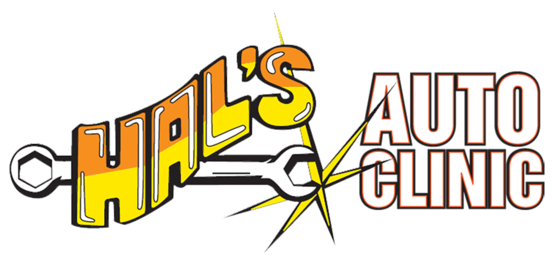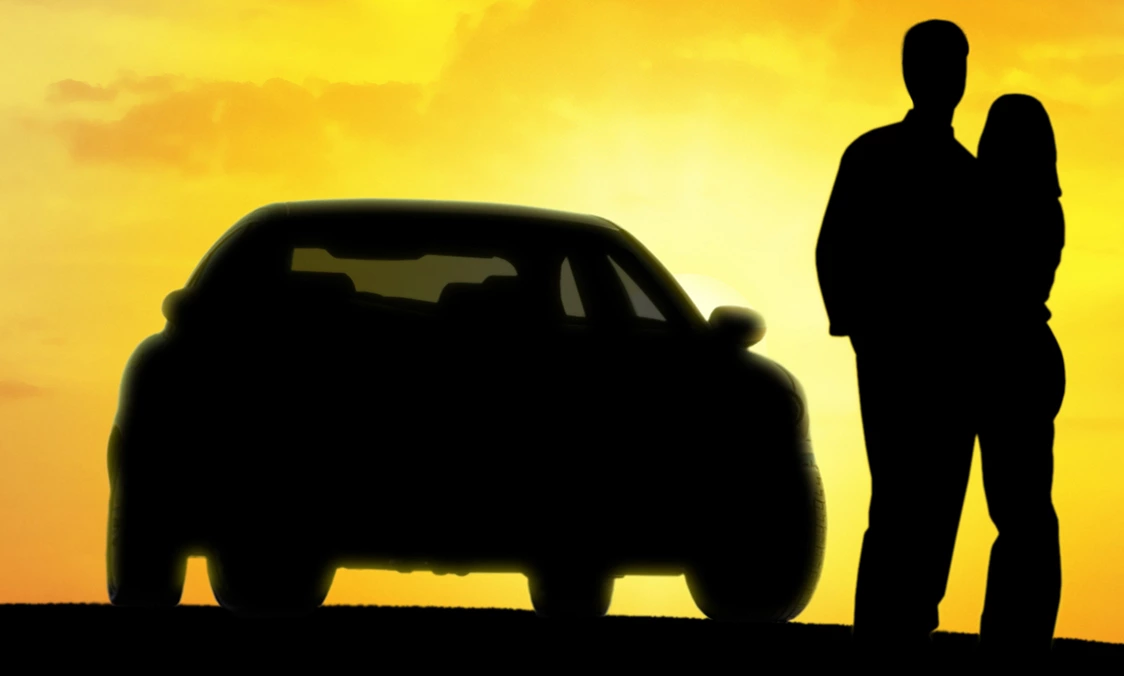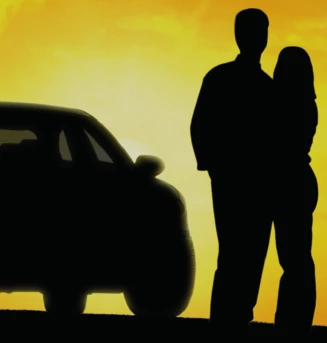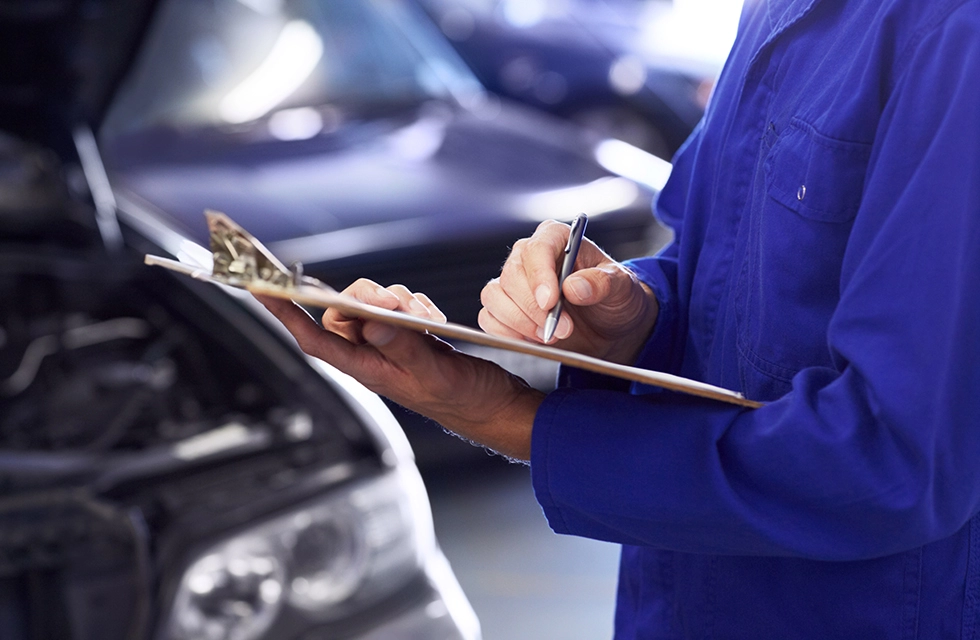When Are Your Tires Worn Out?
September 18, 2022
Hey Farmington Hills area drivers, are your tires worn out? What is the standard for our MI streets? How can you tell on your vehicle?
While there may be legal requirements for the Farmington Hills area, there are safety concerns that go beyond meeting minimum replacement mandates.
Two-thirty-seconds of an inch is the depth of the tire tread wear indicator bars that US law has required to be molded across all tires since August 1, 1968. When tires are worn so that this bar is visible, there's just 2/32 of an inch – 1.6 millimeters – of tread left. It's that level of wear that's been called into question recently.
We're referring to the tread depth on a tire, it can't move surface water out of the way and you start to hydroplane.
In a safety study, a section of a test track was flooded with a thin layer of water. If you laid a dime on the track, the water would be deep enough to surround the coin, but not enough to cover it.
A car and a full-sized pick-up accelerated to 70 miles per hour, or 112 kilometers an hour, and then made a hard stop in the wet test area. Stopping distance and time were measured for three different tire depths:
- New tire tread depth
- 4/32 of an inch, or 3.2 mm
- 2/32 of an inch, or 1.6 mm
So what happened with the 2/32 inch/1.6 mm tires on the car? Get this – when the car had traveled the distance required to stop with new tires, it was still going 55 mph/89 kph. Stopping distance was nearly doubled to 379 feet/116 meters, and it took 5.9 seconds.
Wow! That means if you barely have room to stop with new tires, you would hit the car in front of you at 55 mph/89 kph with the worn tires.
Now, with the partially worn tires – at 4/32 of an inch, or 3.2 mm – the car was still going at 45 mph/72 kph at the point where new tires brought the car to a halt. It took nearly 100 feet, or about 30 meters, more room to stop and 1.2 seconds longer. That's a big improvement. We can see why Consumer Reports and others are calling for a new standard.
Of course, stopping distances were greater for the heavier pick-up truck.
How do you know when your tires are at 4/32 inch or 3.2 mm? Easy; just insert an American quarter into the tread. Put it in upside down. If the tread doesn't cover George Washington's hairline, it's time to replace your tires. With a Canadian quarter, the tread should cover the numbers in the year stamp.
You may remember doing that with pennies. A penny gives you 2/32 inch, or 1.6 mm, to Abraham Lincoln's head. The quarter is the new recommendation – 4/32 inch, or 3.2 mm.
How do people feel about replacing their tires earlier? Well, tires are a big ticket item and most people want to get the most wear out of them that they can. But do you want that much more risk just to run your tires until they are legally worn out?
For us, and we would guess for many, the answer is "no".
Hal's Auto Clinic Farmington Hills
24795 Hathaway St.
Farmington Hills, MI 48335
248-477-5951
https://www.halsautoclinic.com/
Need Service?
More articles from Hal's Auto Clinic

The Sign of the Shield (Heat Shield Repair and Replacement)
February 26, 2023
Even in the months where temperatures are cooler, heat is still an enemy of your vehicle. When your engine runs, it creates heat, so there are numerous heat shields that protect other parts from those higher temperatures. Heat shields are installed around several areas of the exhaust system. Ot... More

Problems with Suspension Solved at Hal's Auto Clinic Farmington Hills in Farmington Hills
February 19, 2023
A vehicle's suspension system is tough. It can last for years and after lots of driving for Farmington Hills drivers. But it can be damaged quickly by hitting a pothole, curb or rock, and it can wear more quickly if you frequently drive off-road or on bumpy roads. A workhorse vehicle one that ha... More

Poor Reflections (Door Mirror Problems)
February 12, 2023
Mirror, mirror on the door, why is my vision there so poor? Well, you could have a broken outside rearview mirror that's disabled your blind spot vision there and endangering your ability to see some of the traffic around you. Outside rearview (or door) mirrors are important safety devices that ... More








